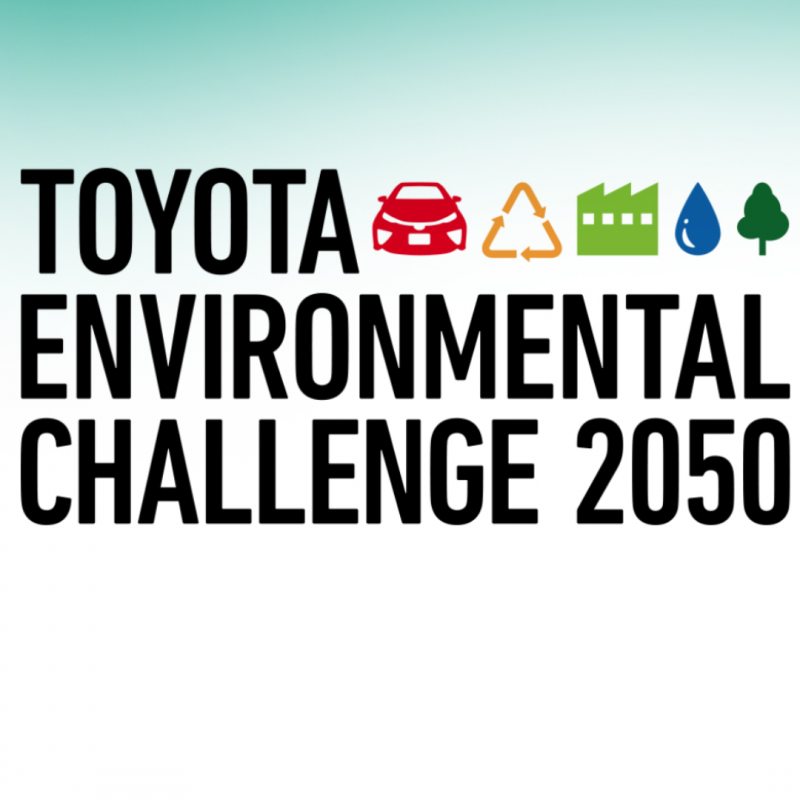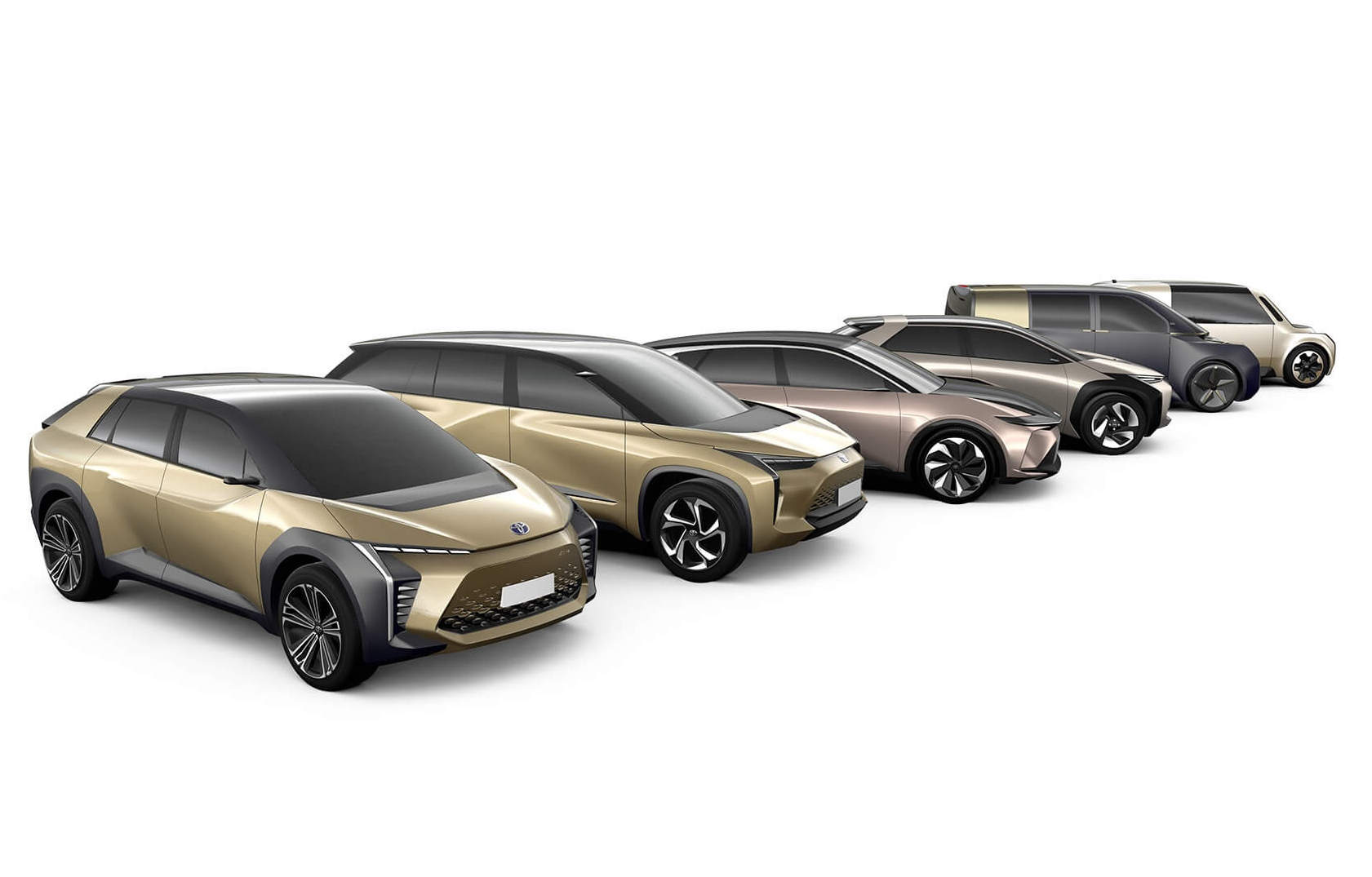Carbon neutrality by 2050

TOYOTA'S AIM FOR CARBON NEUTRALITY BY 2050
Toyota's initiatives
Toyota has been tackling with "Environmental Challenge 2050" from 2015 and promoted CO2 reduction activity for whole vehicle life cycle from production, vehicle usage, recycle.

After first global mass production HEV Prius introduction in 1997, selection option for customers. Toyota has promoted to prepare HEV/PHEV/BEV/FCEV as full line up and prepared various vehicle lineup. Toyota thinks that "Environmental vehicles are only meaningful as environmental vehicles if they become widespread and contribute to CO2 reduction". We thought that such environmental technology has meaning only if it become widespread. We have thoughts to contribute to people happiness and health by technology. Toyota is thinking of a society with human centered approach. We want to support a rich society with human centered approach.

Introduction to EV
EVs are ultimately a sustainable means of transportation, but at the moment energy mix and battery technology are still underway, so it will take some time for EVs to become practical. The practical technology that connects the way to EV are HEV, PHEV. That is why Toyota has a full lineup. We are also making every effort to develop batteries for the spread of EVs.

Regarding the introduction of electric vehicles, the usage environment and cruising range required by customers in each country and region are different. Preparation status of charging infrastructure is different. We will provide a power train that customers can feel "easy to use and want to ride" and accept it according to each customer situation. And it is important to reduce CO2 emissions as a result. We will respond to the economic environment, energy policy, industrial policy, and customer needs that differ from country to country. We will provide most suitable electric vehicle, and let customer choose it (practical), and continue to use it (sustainable) and we would like to aim for carbon neutrality in a sustainable way.
We believe that actions to achieve CN should be sustainable and practical. The spread of electric vehicles would not be possible if it requires infrastructure or subsidies. Even if we introduce electric vehicle, if the price is too high, it will not be selected by customer. It must be practical to spread vechicles to contribute to CN.




















